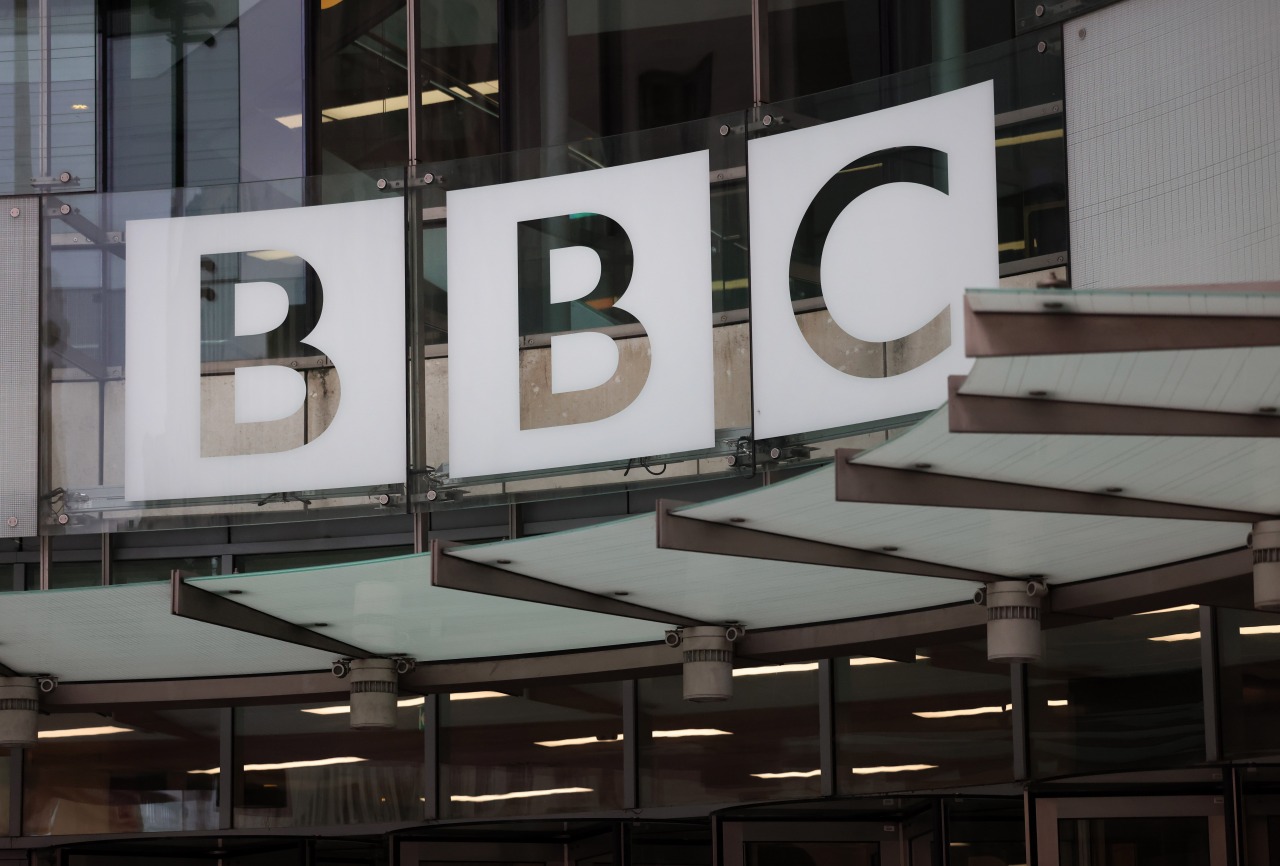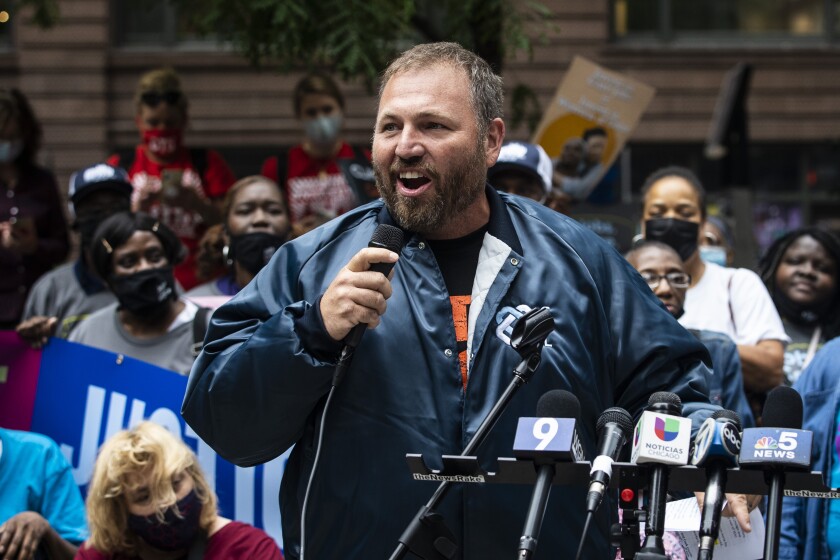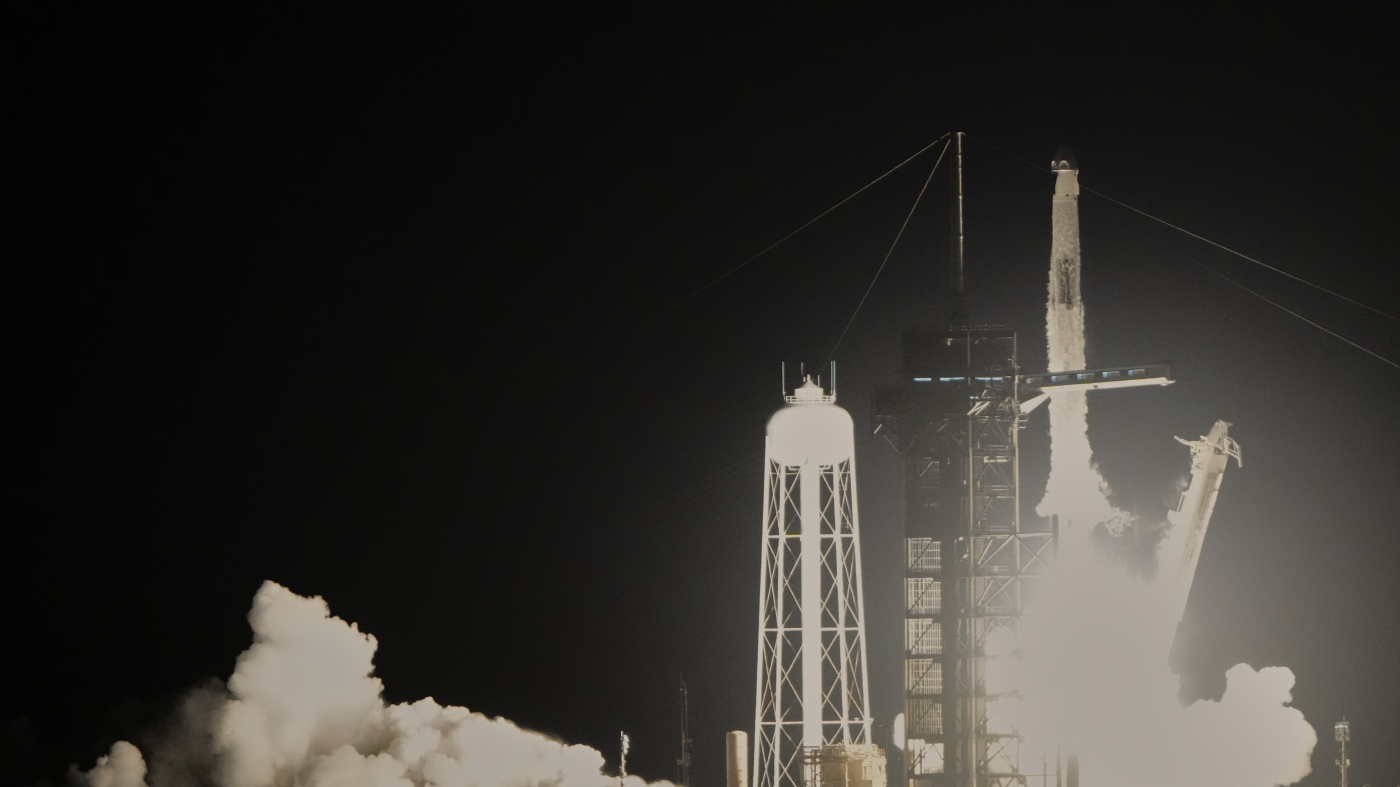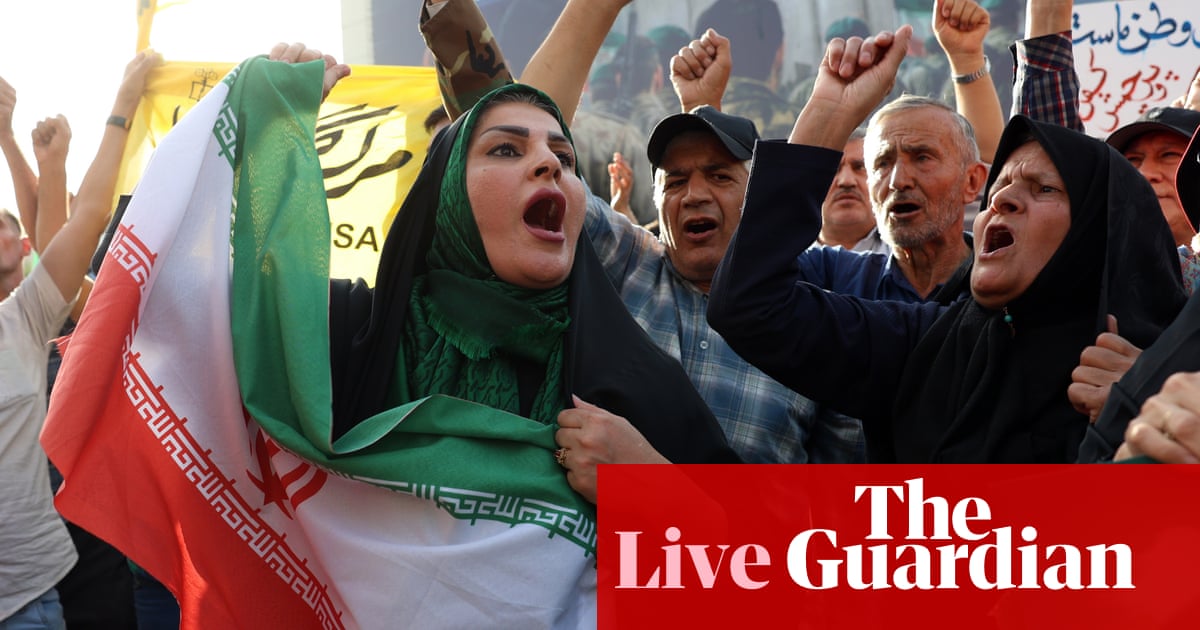Russia Intensifies Dual-Front Offensive in Ukraine Amid Strategic Maneuvers
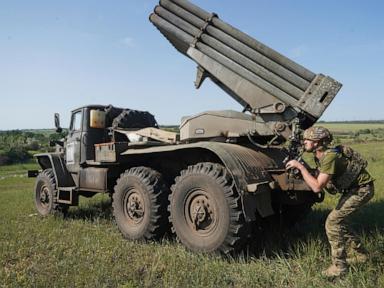
KYIV, Ukraine — An emboldened Russia has intensified its military offensives on two critical fronts in Ukraine, dispersing Kyiv’s valuable reserve troops and threatening to extend the conflict into a new region. This strategic push comes as both nations seek to gain an upper hand before the onset of autumn, when military operations typically slow. Analysts and military commanders suggest Moscow aims to maximize territorial gains before considering a full ceasefire, while Ukraine endeavors to slow the Russian advance and inflict significant losses.
In the strategic eastern logistics hub of Pokrovsk, Kremlin forces are steadily gaining ground. The capture of Pokrovsk would mark a significant battlefield victory for Russia, bringing them closer to controlling the entire Donetsk region. The ongoing battle has also extended to the border of the neighboring Dnipropetrovsk region for the first time. To counter these advances, Ukrainian forces are attempting to engage some of Russia’s most seasoned troops in the northeast Sumy region.
Strategic Maneuvers and Military Tactics
According to Russian-British military historian Sergey Radchenko, Ukraine’s best-case scenario involves stalling or halting the Russian advance in the Donbas, which includes the Donetsk and Luhansk regions. “Ukraine could use that as the basis for a ceasefire agreement,” Radchenko noted. He added that Russia might be more inclined to negotiate in the fall, once they assess the full extent of their offensives.
Meanwhile, Ukrainian President Volodymyr Zelenskyy is awaiting a decision from the Trump administration regarding tougher sanctions against Russia and support for a European initiative to establish a “reassurance force” to deter Moscow. However, a setback occurred when the U.S. decided to halt certain weapons shipments due to concerns over its own stockpiles.
Challenges on the Ground
In the Sumy region, Ukrainian forces are enduring relentless assaults from aerial glide bombs, drones, and small groups of Russian infantry. This strategy aims to prevent Russian troops from reinforcing positions in the eastern Donetsk region. Ukrainian forces have intensified their attacks in Sumy since April, even launching a small offensive into Russia’s Kursk region to prevent the redeployment of up to 60,000 Russian troops.
General Oleksandr Syrskyi, Ukraine’s top army commander, emphasized that if these troops were moved, they could significantly increase the tempo of Russian attacks across the front line. However, this strategy has faced criticism for resulting in unnecessary casualties. Russian forces have penetrated up to 7 kilometers into the northern Sumy region, but Ukrainian forces remain committed to preventing them from being redeployed to the east.
Implications and Future Prospects
The largest battle is currently unfolding in Donetsk, where Russia aims to capture the entire Donetsk and Luhansk regions. Unable to directly tackle the logistical hub of Pokrovsk, Russian forces are attempting to encircle the city, a move that could extend the conflict into the Dnipropetrovsk region. Such an expansion would be detrimental to Ukrainian morale and could give Russia more leverage in potential negotiations.
Commanders describe intense battles under drone-filled skies, with rotating forces becoming a deadly operation. Ukrainian forces must focus on holding their positions and conserving resources due to severe shortages across the 1,200-kilometer front line. “The Russians’ goal is just to enter the Dnipropetrovsk region, to have a good position politically if the presidents negotiate peace,” said Andrii Nazerenko, a commander of the 72nd Brigade.
International Dynamics and Sanctions
Zelenskyy hopes for a shift in U.S. policy under President Donald Trump, seeking continued American support that could alter Moscow’s calculations. Recent discussions between the two presidents at a NATO summit included a possible weapons package, with Ukraine eyeing the purchase of Patriot missile systems with European support. The U.S. Defense Department has not specified which weapons are being withheld.
Zelenskyy also advocates for harsher sanctions on Russia’s energy and banking sectors, proposing a $30 per barrel price cap on Russian oil. EU sanctions envoy David O’Sullivan emphasized the need to maintain sanctions pressure while holding out the possibility of negotiations if Russia alters its behavior.
As the conflict continues, Russian forces appear increasingly confident. Nazerenko observed a shift in the morale of advancing Russian troops, noting their persistence despite heavy resistance. In a poignant exchange, a captured Russian soldier stated, “we will win,” reflecting the resolve that fuels the ongoing conflict.


